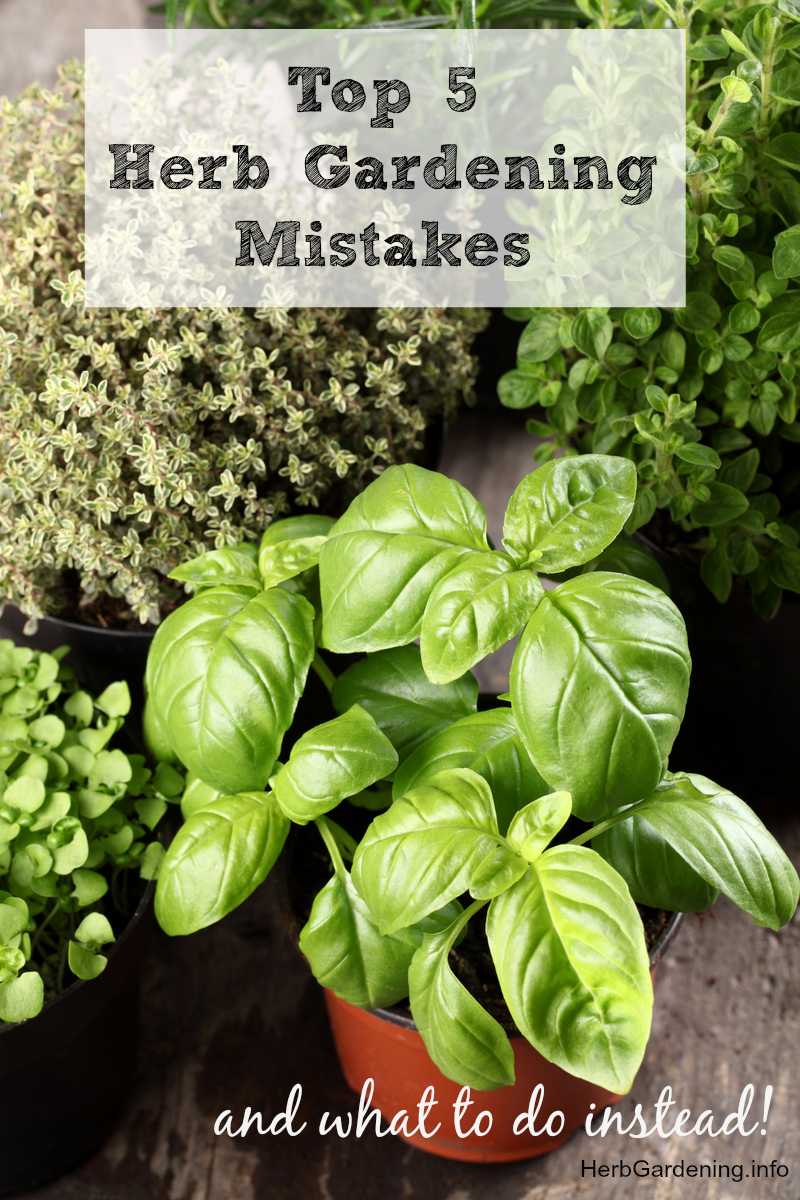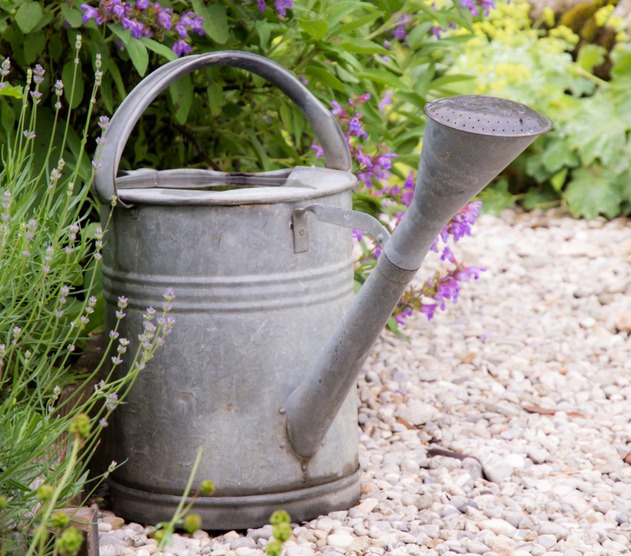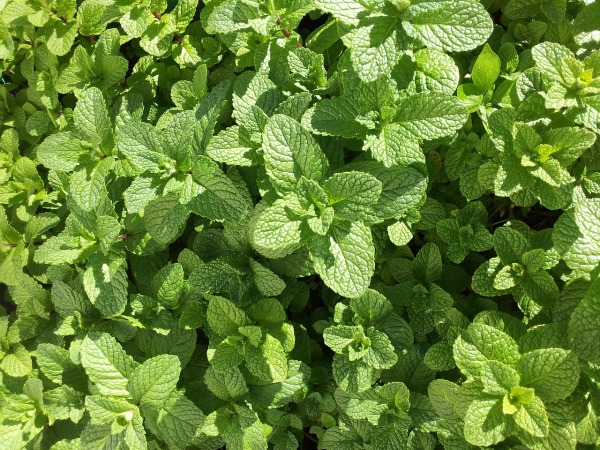
If you’re new to gardening, growing herbs is a great way to get started. You don’t need a lot of space, and herb gardens tend to be a little easier to grow than other types of gardens. However, there is still a bit of a learning curve, and there are some things you will want to stay on top when tending to your herbs.
People new to gardening with herbs often make one or more of the mistakes listed below. If you avoid these common herb gardening mistakes you’ll have healthier herbs that last longer and bigger yields for your kitchen and medicine cabinet. And of course, with fewer problems the whole activity will be much more enjoyable!
5 Herb Gardening Mistakes and What to do Instead:
Mistake #1: Planting herbs too close together
Instead: Space things out in your herb garden
This is probably the most common mistake when it comes to planting a variety of herbs, especially outdoors where cute layouts and fun planters are used (think wagon wheels and tires, etcetera.) Everyone’s first instinct for their first herb garden is to cover as much of the ground as possible and just have the pretty parts of the plants showing up top, maybe with a few more colorful flowers in between.
The good news is that this is the easiest problem to fix, even if you’ve already planted your herbs. You want to space things out appropriately, just like you would if you were planting tomatoes and other vegetables. You need to allow plenty of room for your herbs to form healthy root systems without getting tangled into the neighboring plant’s roots.
When transplanting make sure you check out the information on the average size of the fully grown plant and allow several extra inches for those root systems to grow and spread.
If you’ve already planted your herbs closely together you can dig out some and replant them in other containers or further apart in the garden.
Healthy roots = healthy plants and yummy harvests.
Crowded roots = sad withering plants that don’t produce delicious things.
Mistake #2: Watering the leaves of herbs
Instead: Water the soil
Watering over top of the leaves doesn’t do your herb plants (or any plants) very much good. Water gently at the soil around the base of the plant so the soil absorbs the water to get it to the roots where it is really needed. Dripping wet upper leaves can lead to mildew growth and disease problems.

Mistake #3: Using chemicals in your herb garden
Instead: Use natural fertilizers and bug repellents
There are so many products available to gardeners, all promising to keep bugs away or to make your plants grow fuller and larger. Unfortunately, a lot of these are full of harsh chemicals that you definitely don’t want to use when you’re growing anything you intend to eat or use in cooking.
If it’s in a package, a box, or a spray bottle, check the ingredients before you put it anywhere near your herb garden. If you wouldn’t want it stored under your kitchen sink, you don’t want it in your soil either. You may not even realize the fertilizer you’re putting in your cart at the garden centre is full of additional chemicals.
If you’re looking for fertilizer, try a natural compost tea instead of a prepackaged solution. If you’re in a rush and want to grab a bag, just be sure to flip it over and read the back carefully. You should only use things that are safe for edibles and made from organic materials.
When it comes to insect control, it might not be as necessary as you think. It’s very possible to go an entire season without having to do anything about pests, especially if the area of your garden is all herbs or if you’re using containers.
Water and weed regularly, keep debris out of the soil area, and just keep an eye on things. Remember, not all insects are bad news, some are very beneficial. If a persistent pest problem comes up, there are natural and organic solutions available that are usually more effective than their chemical based counterparts.
Mistake #4: Using dyed mulch for looks
Instead: Use organic and natural materials
If you lay mulch on top of your soil after planting, avoid the heavily dyed coloured mulches. Use natural mulch instead, preferably something that is 100% organic material.
The dyed mulches might look nice, but they are generally made of junk and scrap wood. They contain artificial colours and possibly other ingredients you don’t want around your herbs. These mulches don’t break down well and they definitely don’t help your soil quality at all. In fact, they often rob your soil of the natural nitrogen your plants need to grow vibrant and strong.
If you’re growing your herbs indoors, you probably want to skip the layer of mulch entirely and just use a good organically enriched potting soil.
Mistake #5: Neglecting your herb plants
Instead: Prune and harvest your herbs regularly
Cutting the leaves and stems of herbs regularly will keep your plant in grow mode, producing even more delicious leaves and stems. If you let it go without pruning for too long it might finish out its growth cycle and go to seed. Once that happens you won’t get much of anything to harvest after that. Keeping things pruned back on a regular schedule will promote a nice healthy growth and keep your kitchen full of the freshest herbs possible.
At the end of the day, herb gardens don’t need all that much tending to. You’ll want to keep an eye out for problems, but herbs are generally hardy, resilient, and easy to grow both indoors and outdoors. A little bit of water, a sparkle of sunshine, and little bit of attention from you and everything should grow just fine.


I’ve definitely been guilty of making some of these mistakes! Thanks for the great tips. 🙂
You’re welcome! I’m glad you found them helpful.